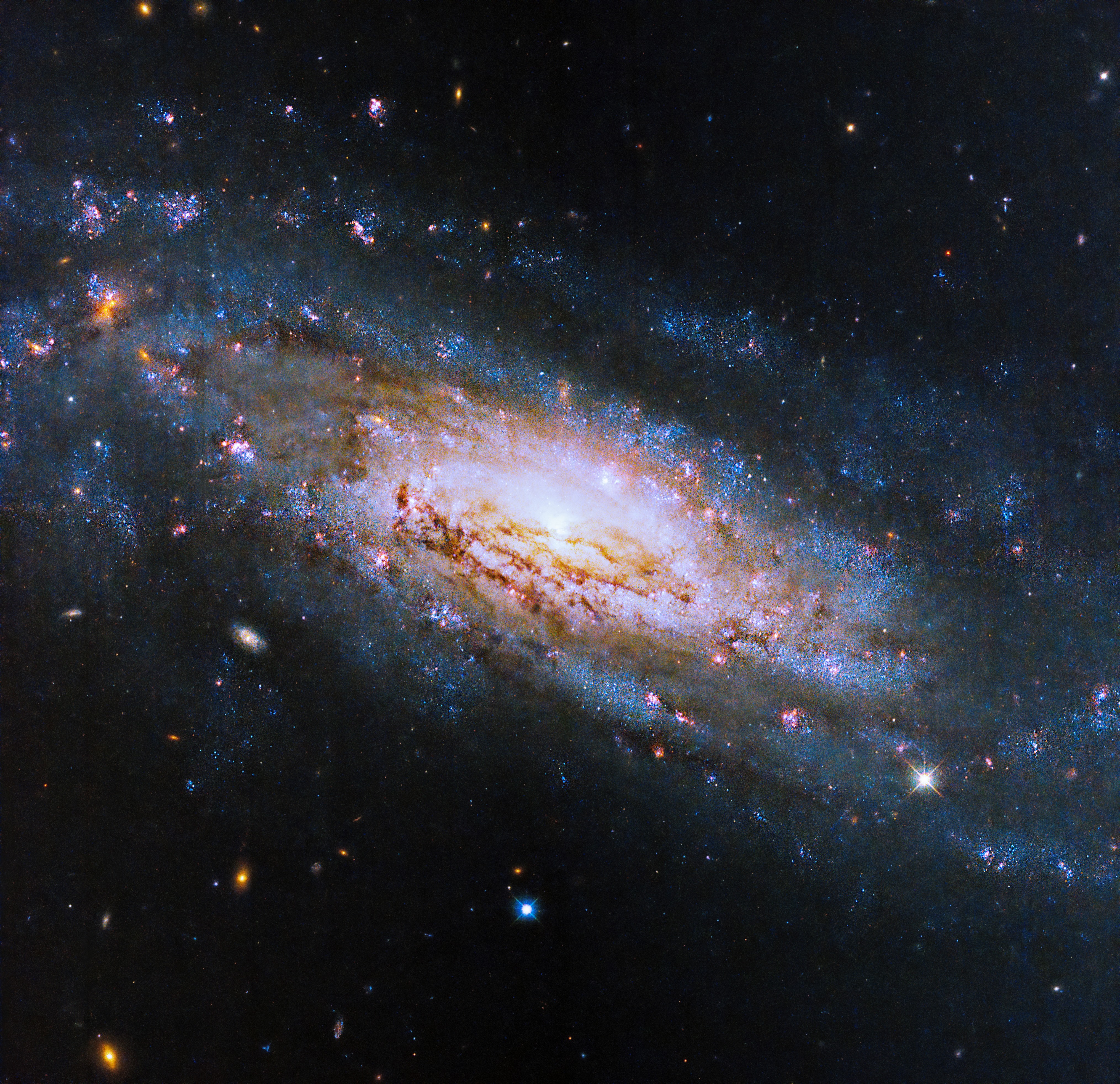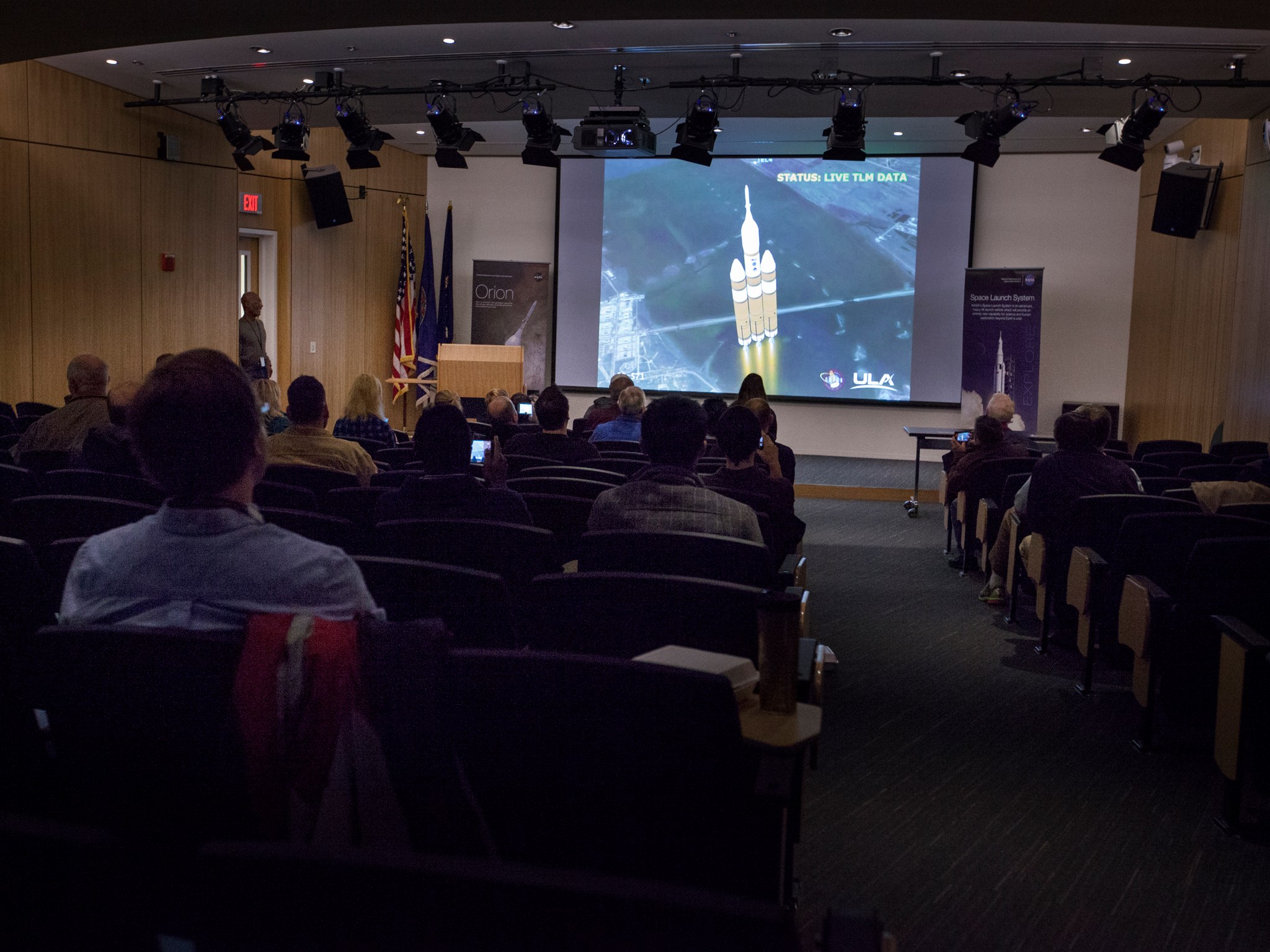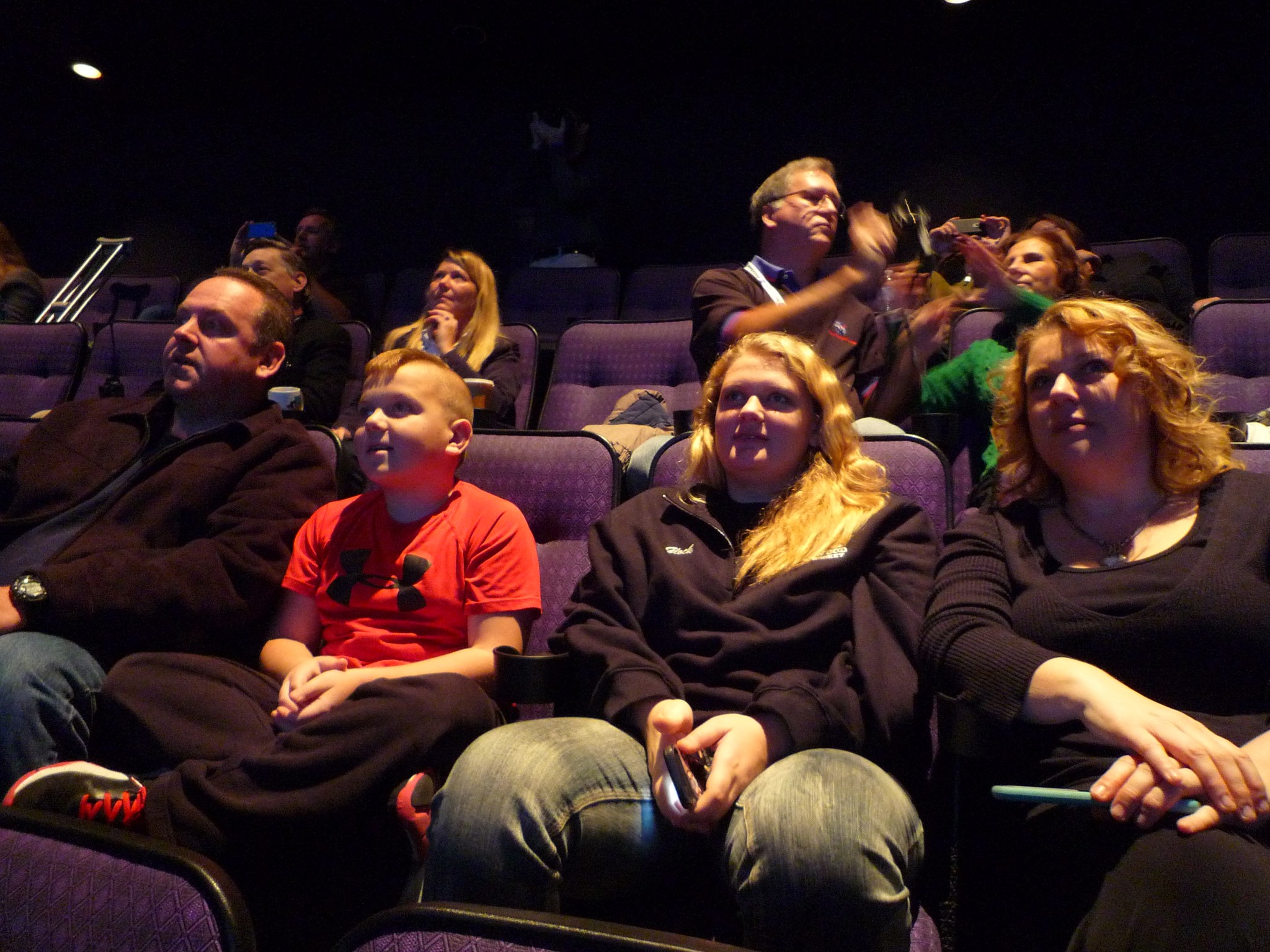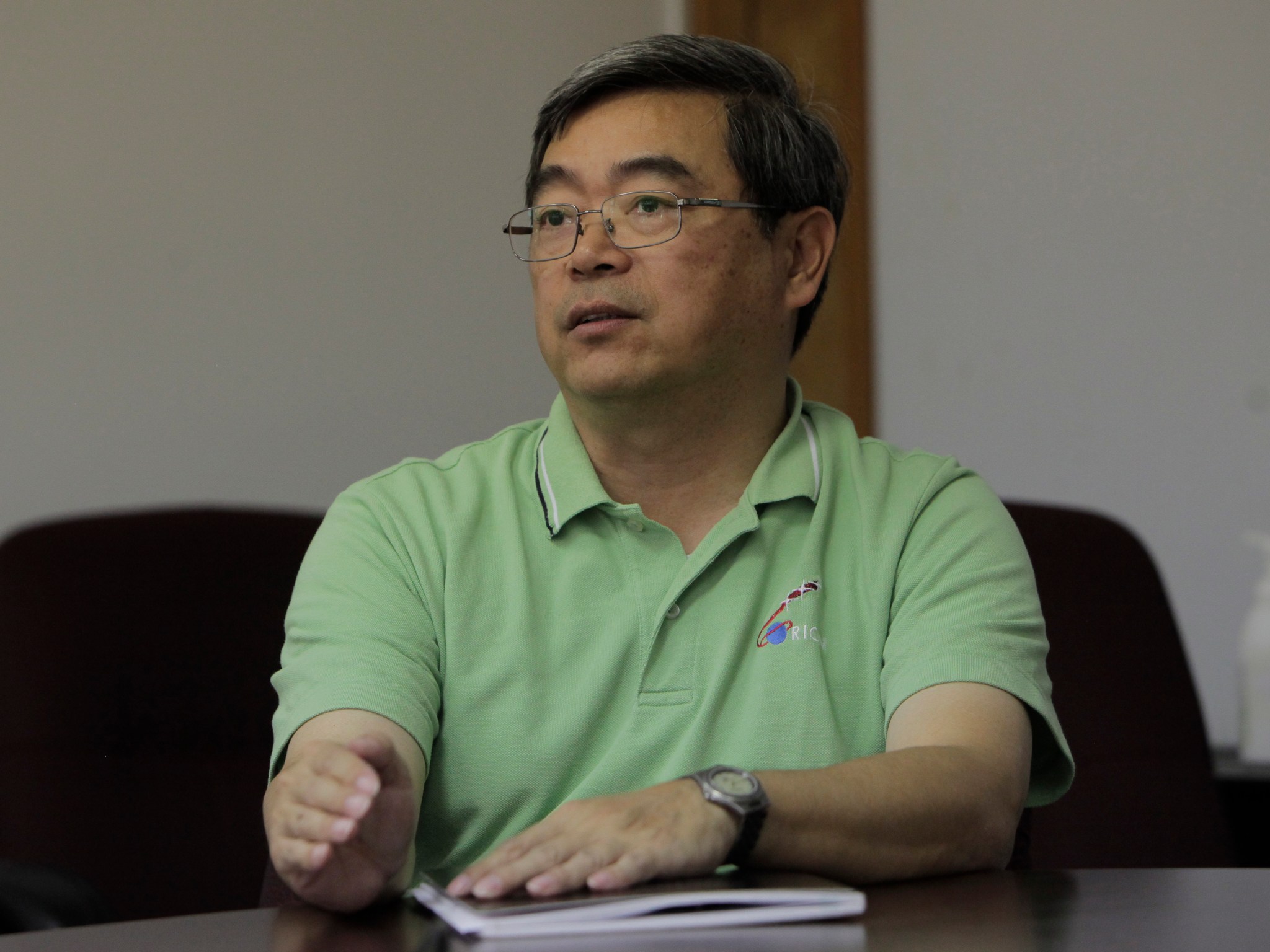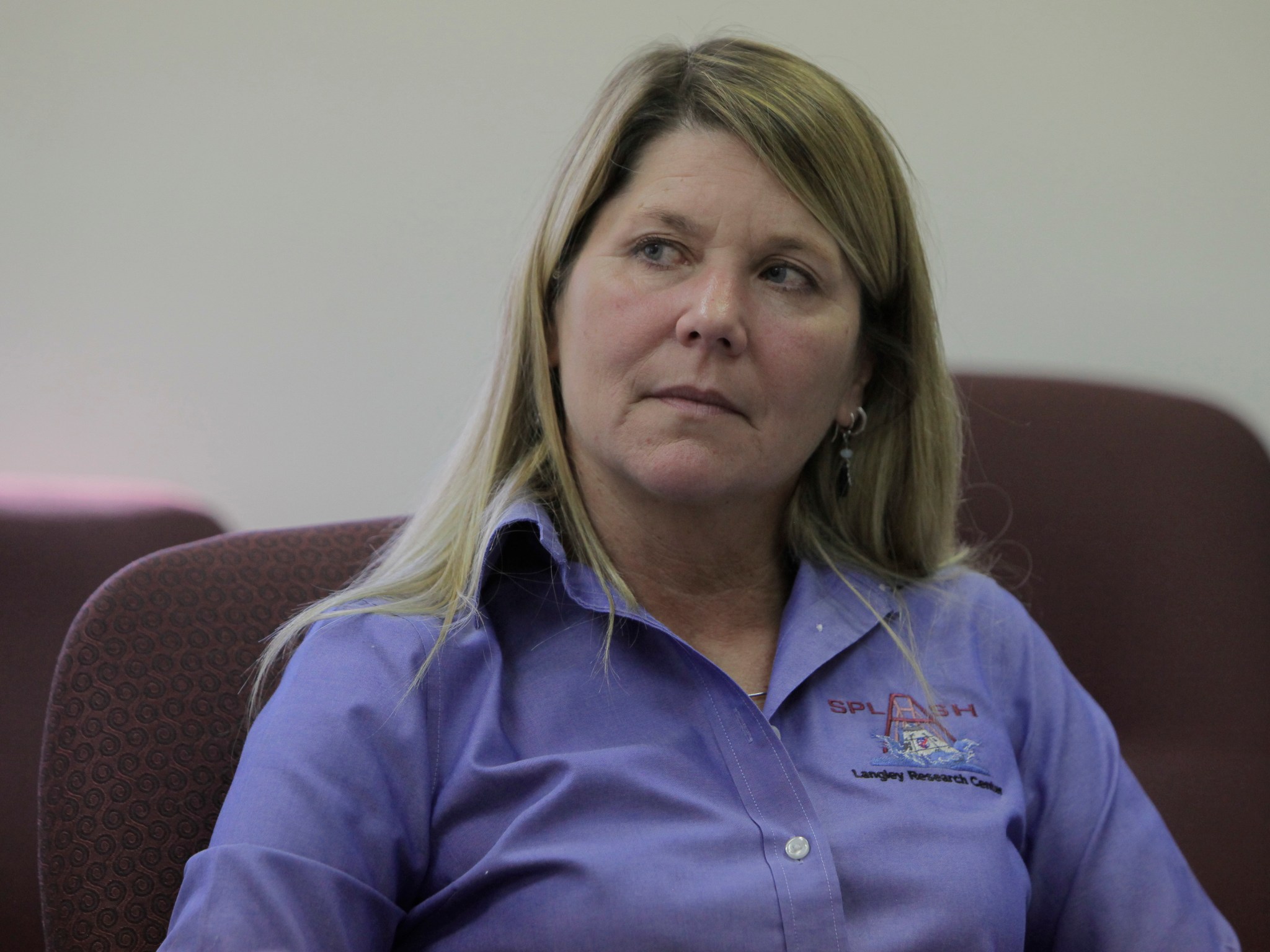The Orion spacecraft roared out of Earth’s atmosphere and punched into orbit Friday morning, lifting NASA’s ambitious plans for space exploration right along with it.
Launch of the uncrewed Orion capsule atop a Delta IV Heavy rocket from Cape Canaveral Air Force Station in Florida rekindled excitement about the potential for human adventures in deep space.
“I’m stunned. I’d never seen a rocket launch before,” said 10-year-old Evan Furniz, who had just watched the big event on the IMAX screen at the Virginia Air & Space Center in Hampton, Virginia. “I was surprised at the size of the rocket and how much propulsion they need for liftoff.”
Delanie Glock, 15, was excited to imagine Orion blazing a trail in space. “This is our newest frontier,” said the New Jersey teen. “You never know where they could go next.”
Friday’s launch also instilled pride in those who worked to make the Orion test successful.
NASA researcher Shih-Yung Lin said he was thrilled by the morning’s events, but he didn’t start cheering at liftoff.
As heat shield structure subsystems manager for Orion, he knew that one of the most risky parts of the day’s flight was still four-and-a-half hours away: the fiery, high-stakes maneuver called re-entry.
“My heart was pounding when I saw the launch, but even harder when I saw it coming in,” Lin said, smiling. “That’s where my stuff was working. I had my own few minutes of terror.”
Based at NASA’s Langley Research Center in Hampton, Lin worked for more than two years to ensure that Orion’s first trip to space didn’t end in a destructive inferno. In partnership with Orion prime contractor Lockheed Martin, Lin and his team oversaw creation of a heat shield capable of withstanding the blast-furnace-like conditions of re-entry, with temperatures reaching 4,000 degrees Fahrenheit.
His team’s work paid off and Orion safely splashed into the Pacific Ocean intact and on schedule.
“We do extensive testing of all the systems, but for the most critical one, the heat shield, the environment cannot fully be simulated on the ground,” Lin said. “We had to go to outer space to test it, to really do it right.”
In the spring of next year, Lin and his team will get to examine that very same Orion heat shield up close. After being detached from the crew module, it will be transported to NASA’s Langley Research Center where Lin and a team of experts will study it carefully and use their results to improve the next generation of Orion heat protection.
Heat shield validation is one of several NASA Langley contributions to the Orion mission. Researchers at the center also led development of its Launch Abort System and conducted an array of important tests. Wind tunnel work, structural impact testing and refinements to Orion’s recovery procedures were all handled by Langley. What’s more, Langley’s SCIFLI (Scientifically Calibrated In-Flight Imagery) team captured thermal snapshots of Orion as it blazed back into the atmosphere.
“I’ve worked for the last eight years, almost exclusively, on things related to Orion,” said Richard Boitnott, an aerospace engineer at Langley who runs tests of the crew module’s ability to withstand splashdown. Langley’s Landing and Impact Research Facility, commonly called the gantry, will be used for many more Orion tests in coming years.
“Most of my career, I worked in aeronautics research where we worked on mostly smaller projects,” Boitnott said. “This is my first real experience with a large project. I wanted to see the whole plan come together. I was very excited to see it go. This is absolutely huge for NASA.”
Plenty of folks at Langley expressed that same sense of accomplishment.
“It’s a very exciting moment for me,” said Kevin Rivers, who manages the team overseeing Orion’s Launch Abort System. That system is designed to protect astronauts if a problem arises during launch by propelling the spacecraft away from a failing rocket.
“This is one more giant step toward making Orion the safest spacecraft ever developed,” Rivers said. “I’m overcome with a sense of pride and appreciation for the hundreds of people who have supported us, not only at NASA, but also at Lockheed Martin and the many subcontractors.”
Ellen Carpenter, project manager for Orion water impact testing, said she felt humbled to be part of the team. “A lot of people made sacrifices to make this a success,” she said. “I have a great feeling of gratitude for their efforts. It’s a great day for NASA.”
Lin said he felt pride mixed with a sense of urgency.
“I can always say, ‘I worked on that and it was a big part of my life. It’s one of my achievements.’ However, a lot more work is still to be done. This is only a test flight. Our eventual goal is to send humans to an asteroid and eventually to Mars.”
To learn more about NASA Langley’s contributions to Orion, visit this link: http://go.nasa.gov/1vKhx1j





